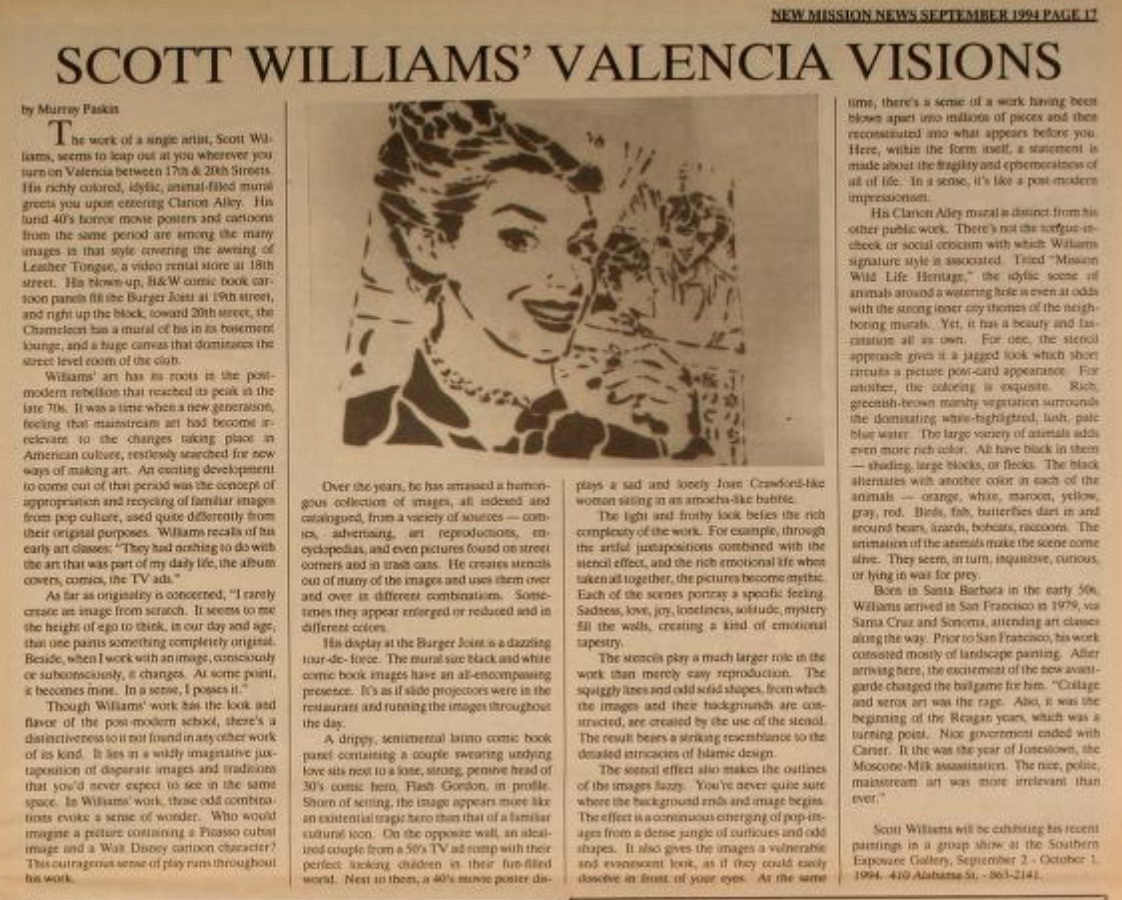 Reproduction allows for the widespread sharing of treasures without endangering them.
Reproduction allows for the widespread sharing of treasures without endangering them.
By LEE LAWRENCE for the WSJ
July 5, 2016 5:18 p.m. ET
7 COMMENTS
Los Angeles
Cave Temples of Dunhuang: Buddhist Art on China’s Silk Road
The Getty
Through Sept. 4
On a sunny afternoon, the glare in the Getty Center’s Arrival Plaza is blinding—and stepping into Cave 285 feels like teleporting to heaven. Here, in one of the main features of “Cave Temples of Dunhuang: Buddhist Art on China’s Silk Road,” winged creatures flutter on the vaulted ceiling while, on the walls, Buddhas preach, myths unfold, mortals repent, donors pay homage. Amid scrolling florals and colored flames, a large Buddha sits, his face a featureless mass of clay. This is a full-size copy, created by hand on the basis of detailed scans and myriad photographs of a grotto carved into cliffs that edge the Gobi desert in northwestern China. It is as faithful to the colors, designs and brushstrokes artists used in A.D. 538-39 as it is to the deterioration and damage that nature and man have since wrought.
The fragility of some sites has made copies an increasingly viable way to share treasures more widely without endangering them. The Getty’s exhibition uses them in tandem with more traditional displays to bring out the richness, complexity and conservation challenges of one of the world’s great art treasures. Its curatorial team includes experts from the Getty’s institutes for research and conservation, the Dunhuang Academy and the New York-based Dunhuang Foundation, and while theirs is not the first U.S. show to tackle the subject, it is the most ambitious.
 << Know this artist? Please let us know their name.
<< Know this artist? Please let us know their name.
 The folks at FoundSF/
The folks at FoundSF/ Part 1 (more coming soon)
Part 1 (more coming soon) Photo submission thanks to: Larry Jones
Photo submission thanks to: Larry Jones Reproduction allows for the widespread sharing of treasures without endangering them.
Reproduction allows for the widespread sharing of treasures without endangering them. <<<< Environmentalists, like Honduran activist Berta Caceres, are
<<<< Environmentalists, like Honduran activist Berta Caceres, are